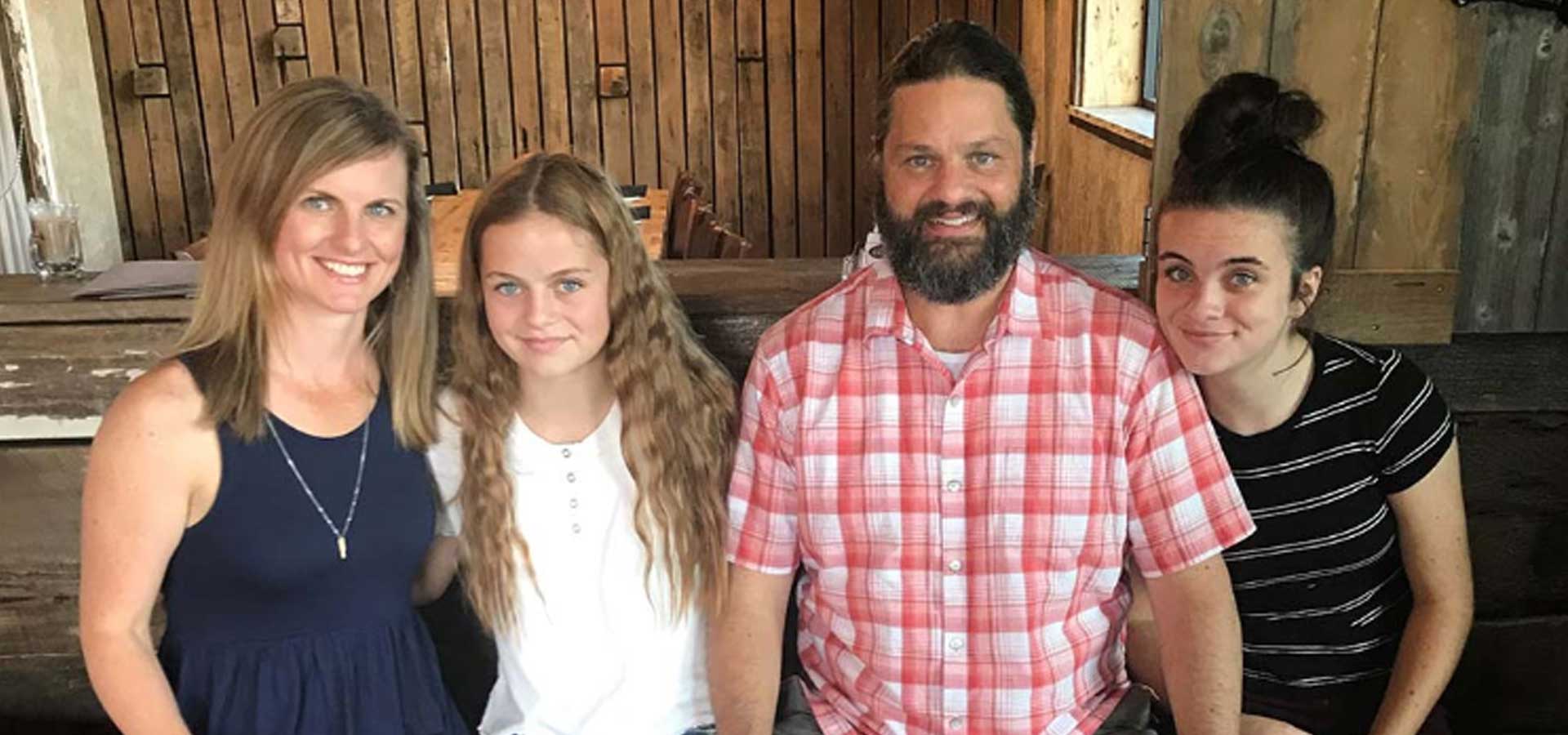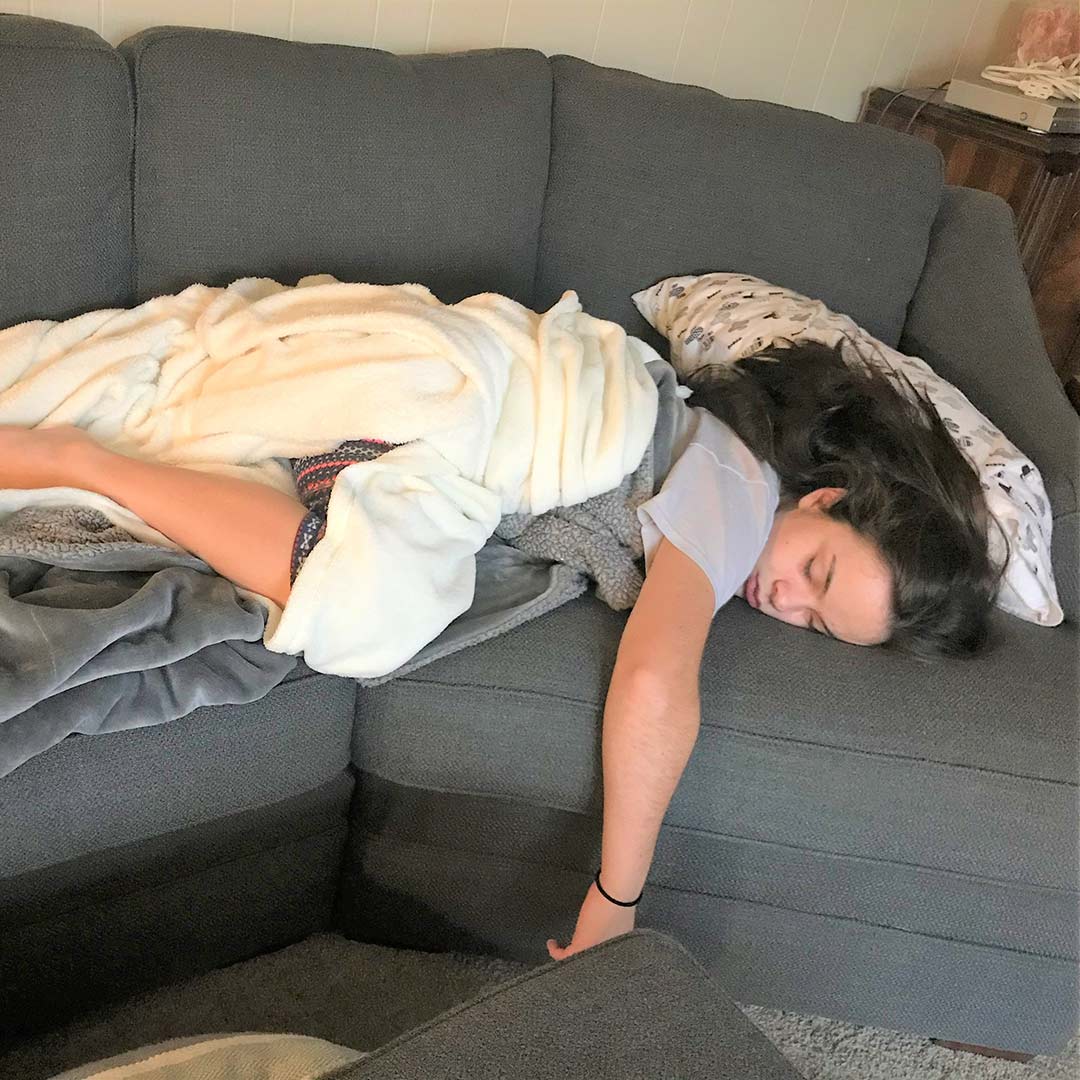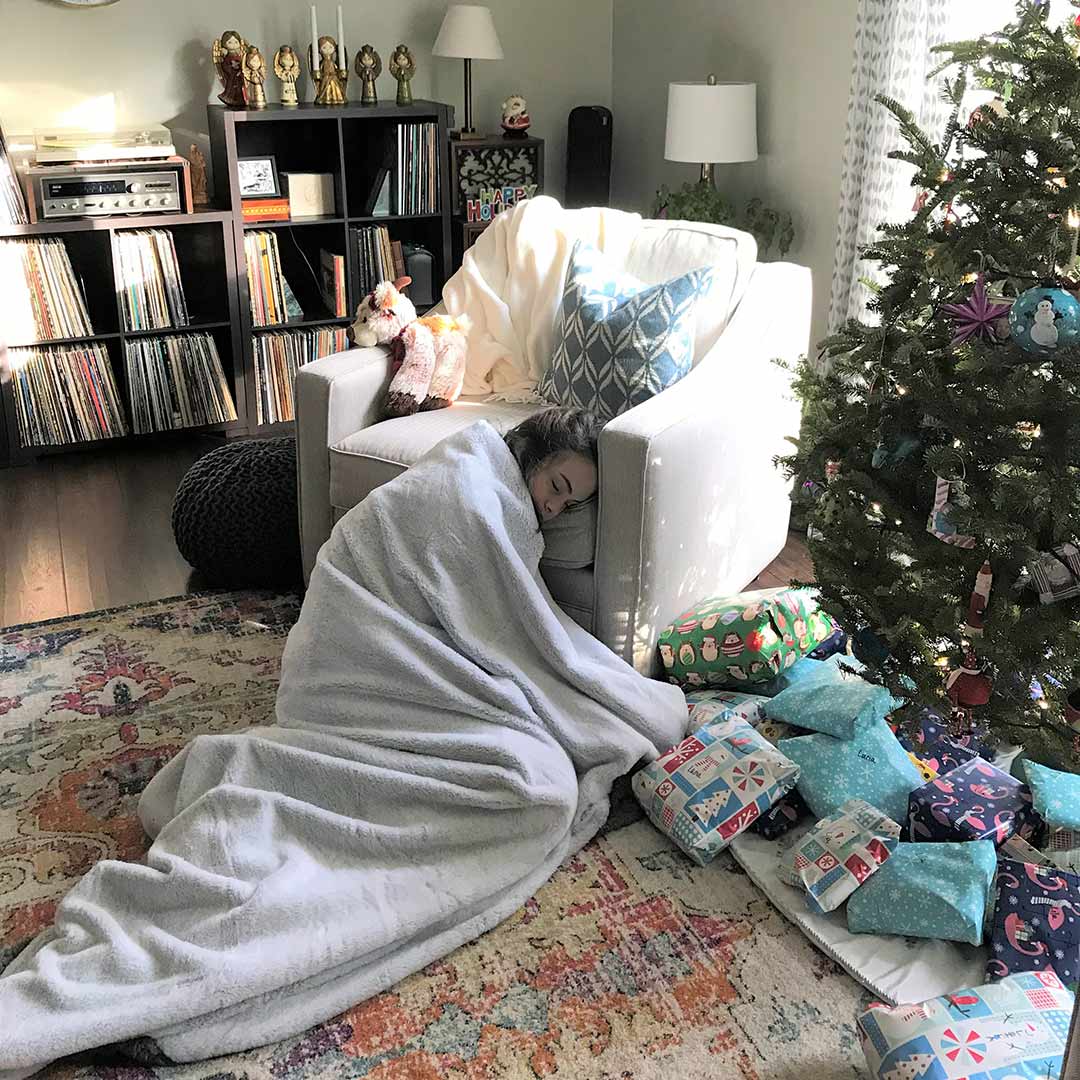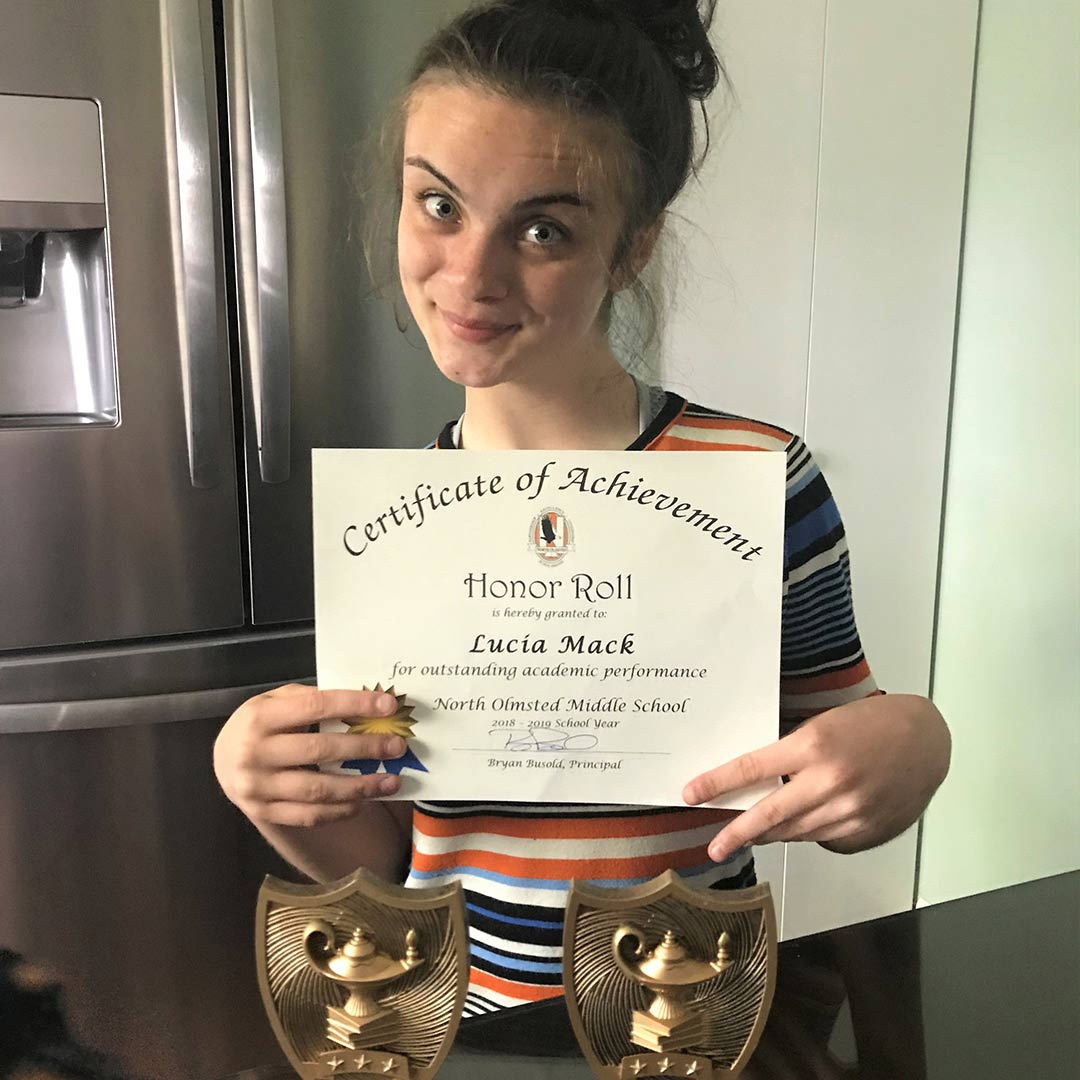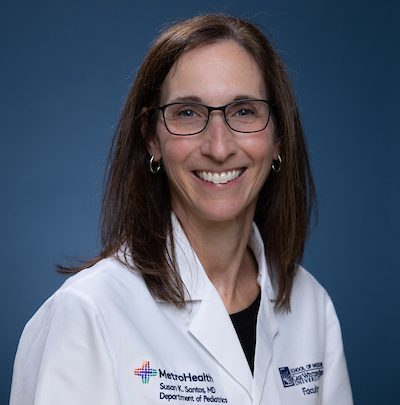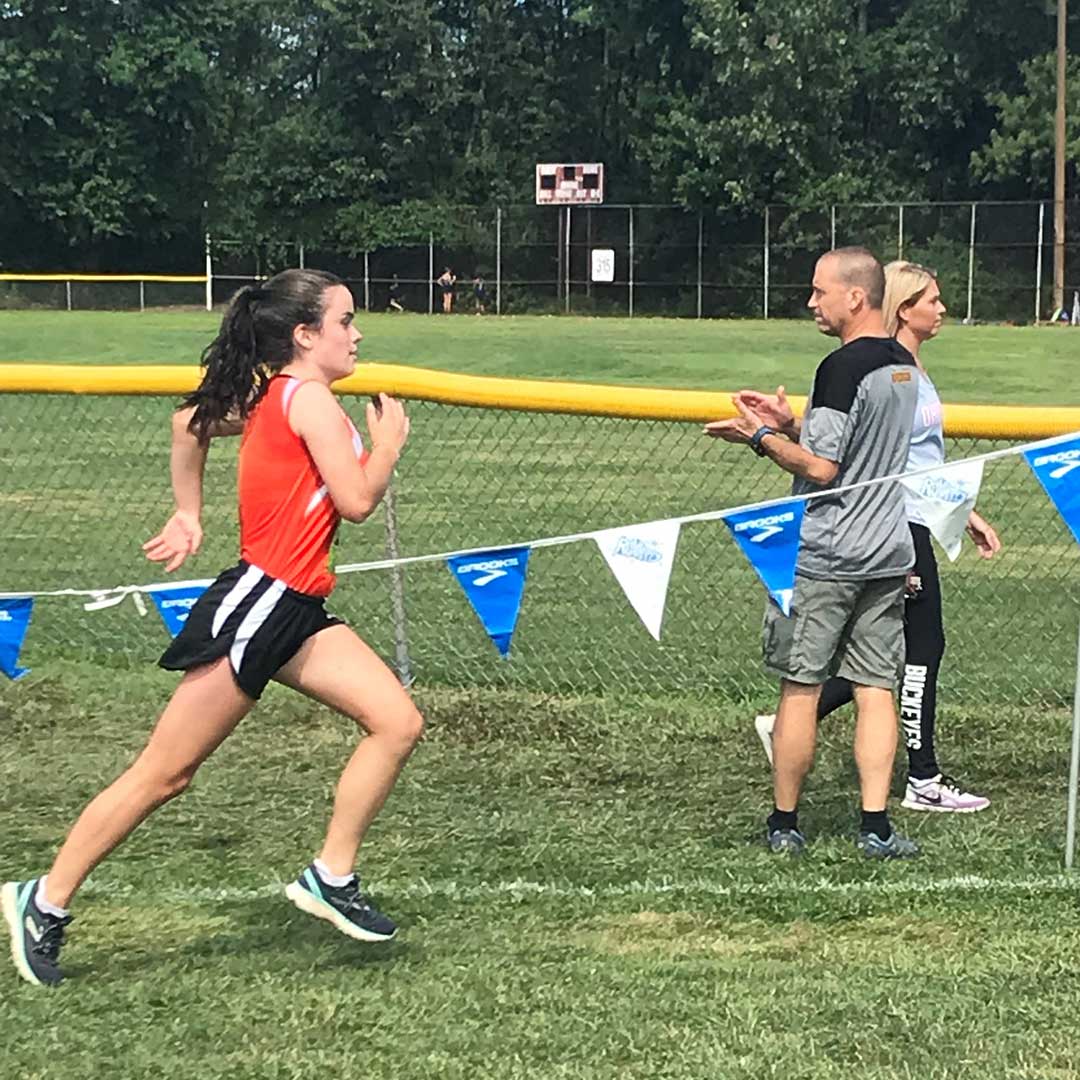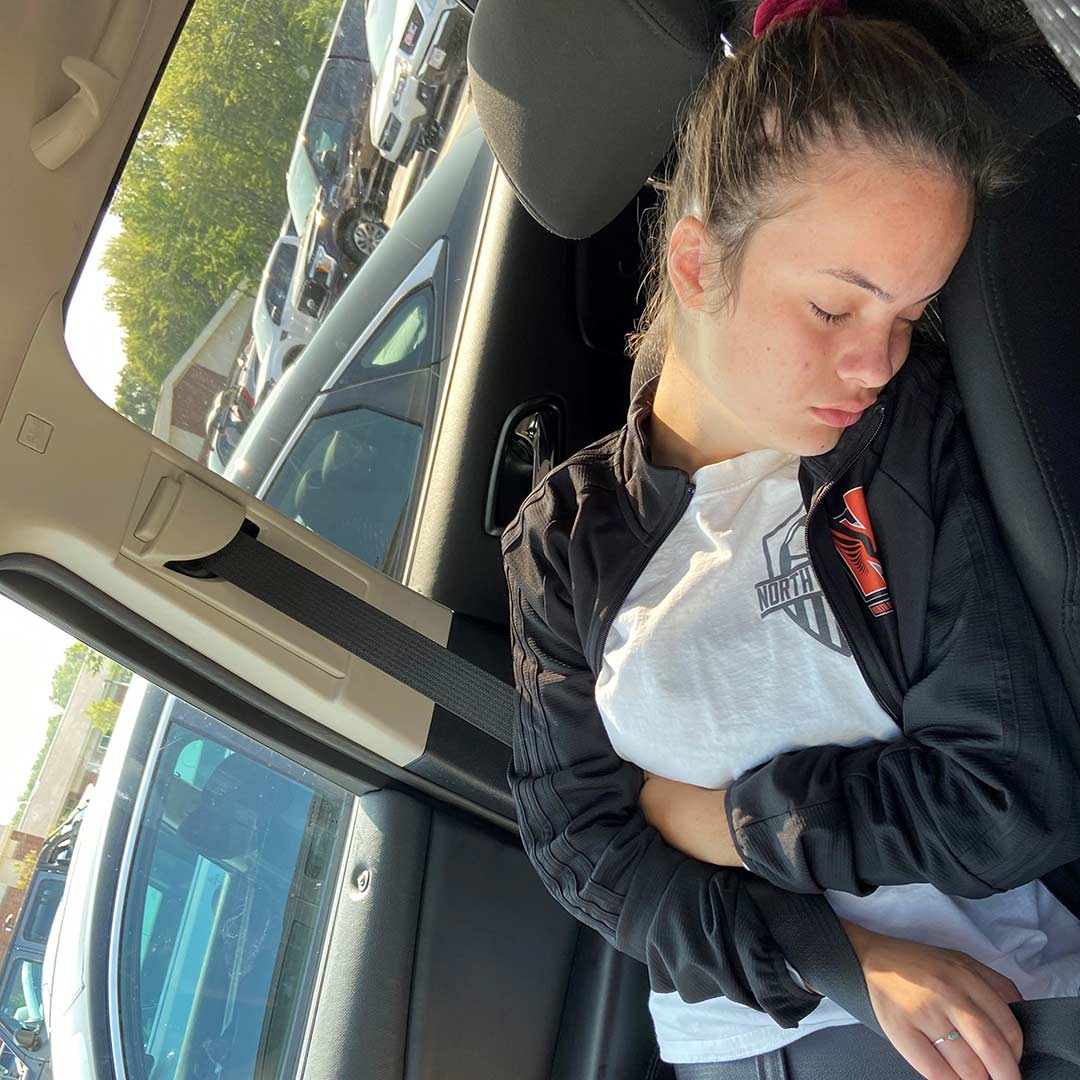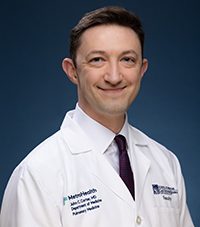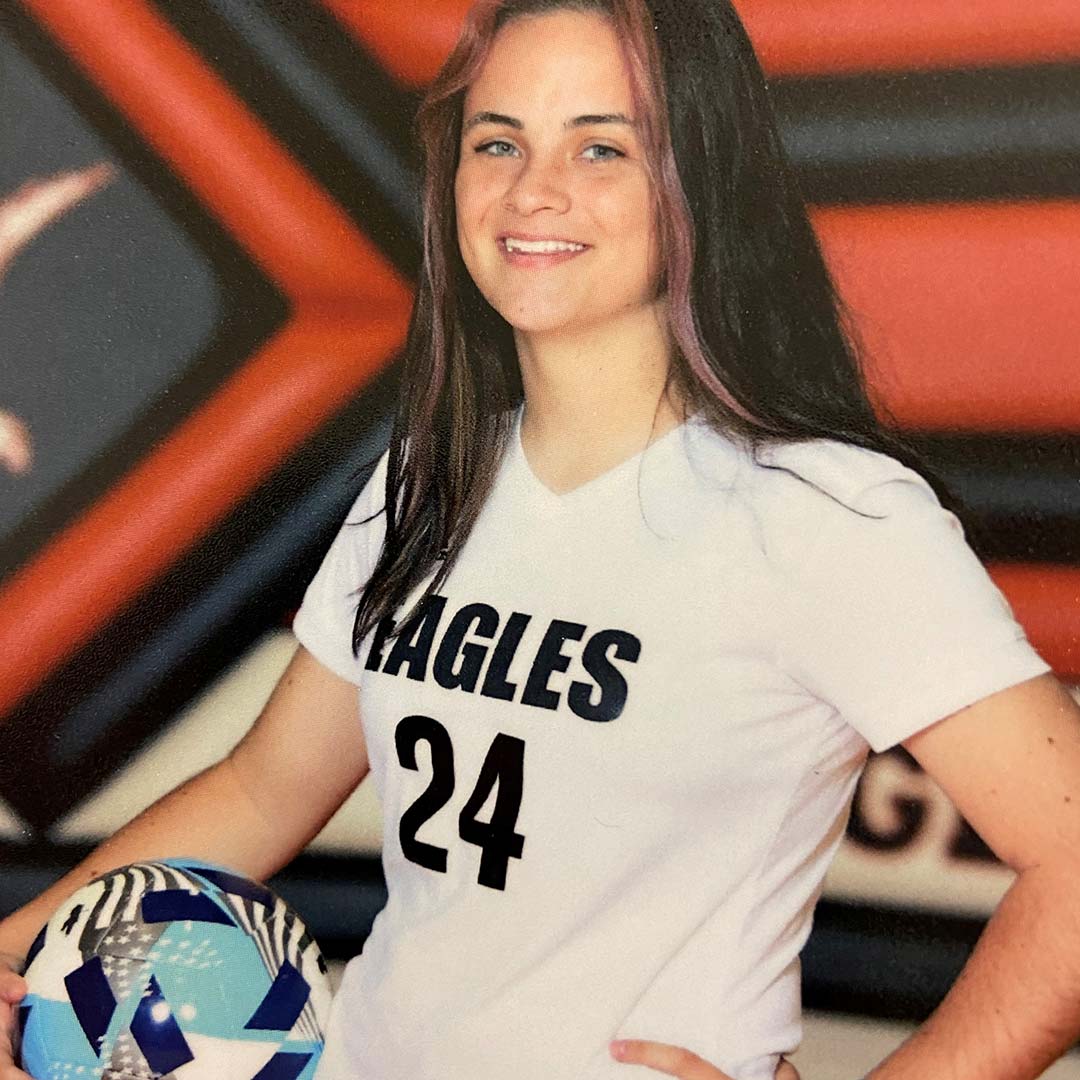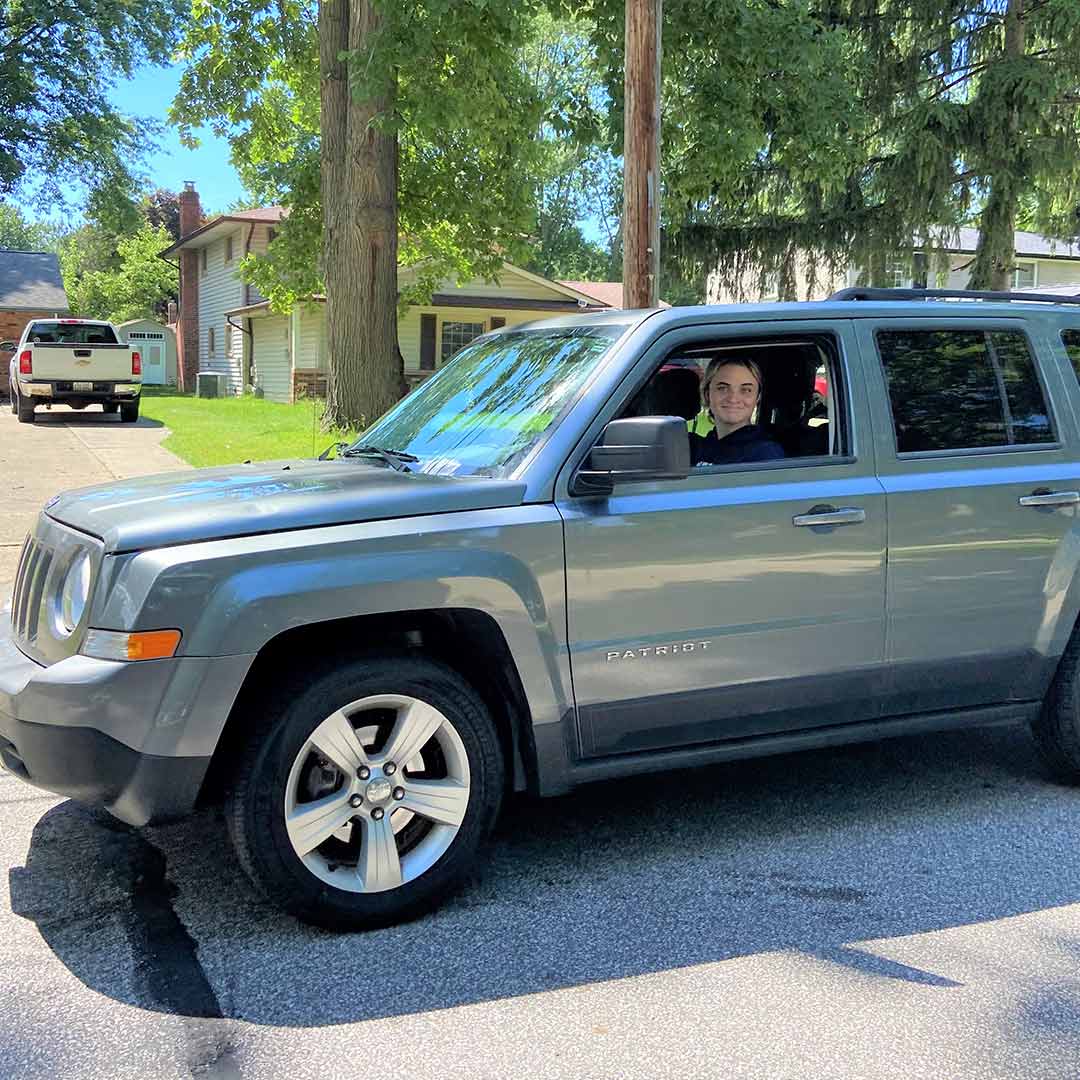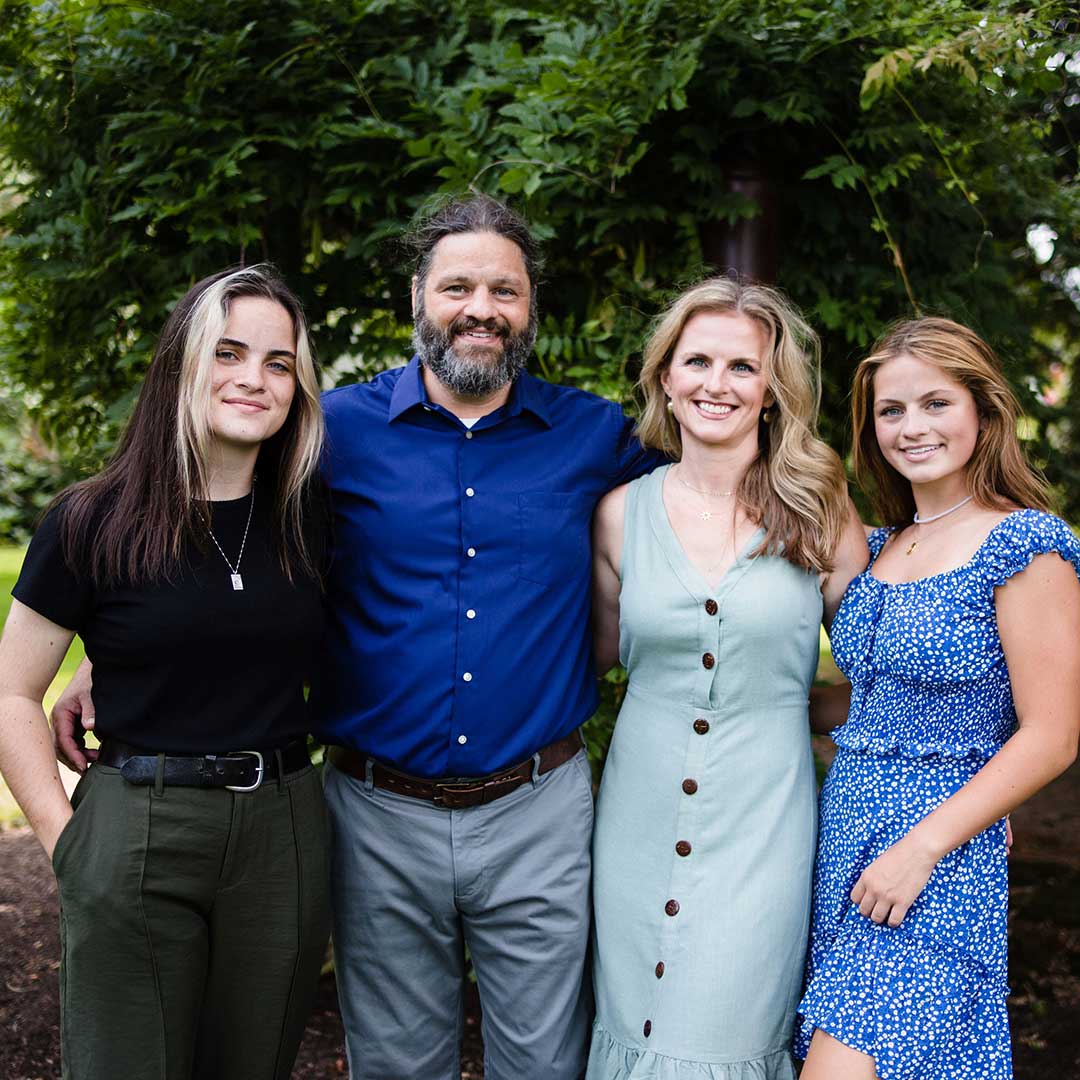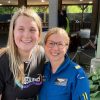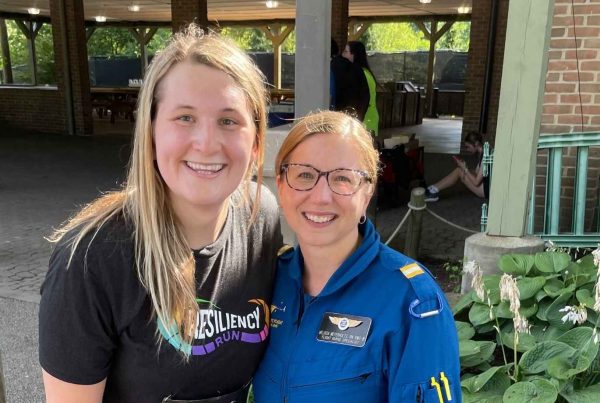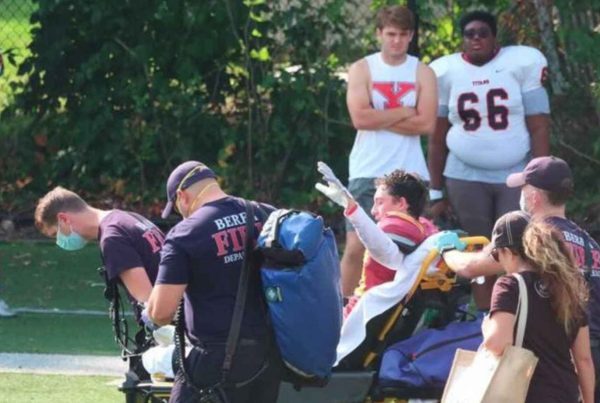When a young person’s sleep is all over the place, as it was with Lucia, a diagnosis can be challenging.
A team of MetroHealth caregivers gave her answers – and her life back.
Lucia Mack was 12 years old when she started falling asleep during the day. Summer vacation was a welcome break, allowing her more time to sleep. But when the new school year began, her symptoms gradually became more obvious. Sleeping in the middle of the day. At school. While chatting with friends.
Lucia continued to manage straight As even though she slept through big chunks of classes.
She also wanted to know why she would sometimes “fall over” if she was laughing really hard.
Lucia turned to the internet for answers and quickly realized that her symptoms – including being extremely sleepy during the day – were consistent with narcolepsy and cataplexy, a condition in which a strong emotional response (laughter, stress, excitement, etc.) brings on a sudden muscle paralysis.
Meanwhile, Lucia’s parents had begun noticing a difference in their daughter.
“She didn’t dance around the house anymore or sing like she used to,” says Lucia’s mother, Marilyn Mack.
Lucia was more irritable. And she was falling asleep multiple times a day.
Marilyn took Lucia, then 12, in for her annual checkup with MetroHealth pediatrician Susan Santos, MD, in May 2018. The two mentioned Lucia’s new symptoms.
“It’s unusual for a girl her age to want to take naps,” says Dr. Santos, “and fall asleep while talking to her friends.”
Sleep apnea, and not narcolepsy, would be less surprising for someone Lucia’s age. But the fact that Lucia specifically suggested narcolepsy and cataplexy to Dr. Santos – and had nearly fallen asleep on the exam table during her appointment – prompted the pediatrician to put in a referral for a sleep study.
In August 2018, Lucia met John Carter, MD, a neurologist and sleep medicine physician.
“We see patients from across Ohio and other states,” says Dr. Carter, who joined MetroHealth in 2017 in large part because of the health system’s approach and mission to make such specialized health care accessible.
When a young person’s sleep is all over the place, as it was with Lucia, a diagnosis can be challenging.
“Narcolepsy is frequently misdiagnosed as depression, sleep apnea, or insomnia,” Dr. Carter says. And if someone isn’t fortunate to get medical attention, they may simply be written off as “lazy.”
A few weeks after her appointment, Lucia started the 7th grade. She joined the school’s cross-country team and a club soccer team. She struggled to get ready for practice, sleeping until right before it was time to leave and sometimes sleeping in the car.
Her parents held out faint hope that this was a condition she would grow out of. But she didn’t.
Accompanied by Marilyn, Lucia checked into her sleep study at MetroHealth’s Main Campus in September 2019.
With electrodes pasted on her scalp, Lucia went to sleep at 10:30 p.m. Overnight, an EEG monitored her brain activity and other measurements such as heart and breathing rates.
Lucia was awakened at 5:15 a.m. for the sleep latency test.
That test measures how quickly someone falls asleep and how often they slip into the sleep stage where the brain is more active and when heart rate and blood pressure levels are close to a person’s awake levels.
As part of the test, she took five scheduled naps and had to stay awake for two hours – without any caffeine – in between each nap.
Dr. Carter called Marilyn with the tests results, a “slam dunk” that supported a formal diagnosis of narcolepsy and cataplexy.
Treatments exist for the chronic illnesses but no cures. The next step: figure out how Lucia could manage them for the rest of her life.
For three years, Lucia has managed her narcolepsy and cataplexy with several medications. It’s been a collaborative process with Dr. Carter.
“What MetroHealth offers that’s unique and important is an individually tailored diagnosis and treatment plan for any sleep condition,” Dr. Carter says.
Lucia sees Dr. Carter every three months to talk about any symptoms and to tweak her medications as needed. They’ve landed on a stimulant that promotes wakefulness; an antidepressant that helps manage cataplexy; and an off-label drug (originally approved for use by the Food and Drug Administration as a muscle relaxant) that has shown benefit in providing a better quality of sleep.
“I don’t feel like I need to sleep all the time,” says Lucia, now 16. “Everything before the diagnosis is a fog … it feels like it was a long time ago.”
Lucia’s sophomore year at North Olmsted High School was packed with activities. She also finished the year ranked 12th out of more than 260 students in her class. She recently passed the road test for her driver’s license test – something that would never have been possible without treatment.
“Dr. Carter is a godsend. We are incredibly lucky that we have him as Lucia’s sleep doctor,” Marilyn says. “Our girl’s back! We can see her personality again. She’s thriving!”

